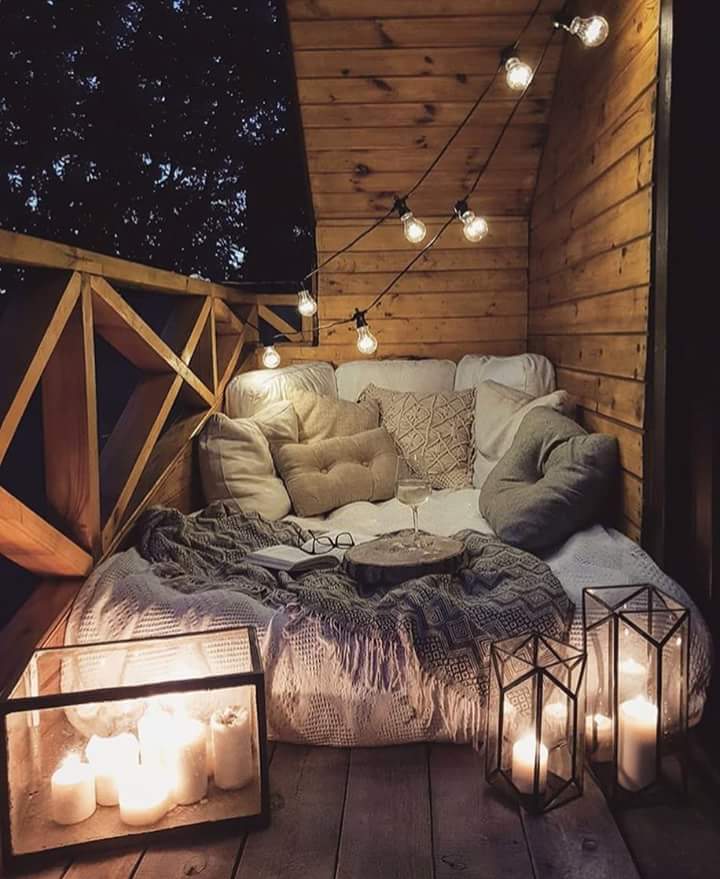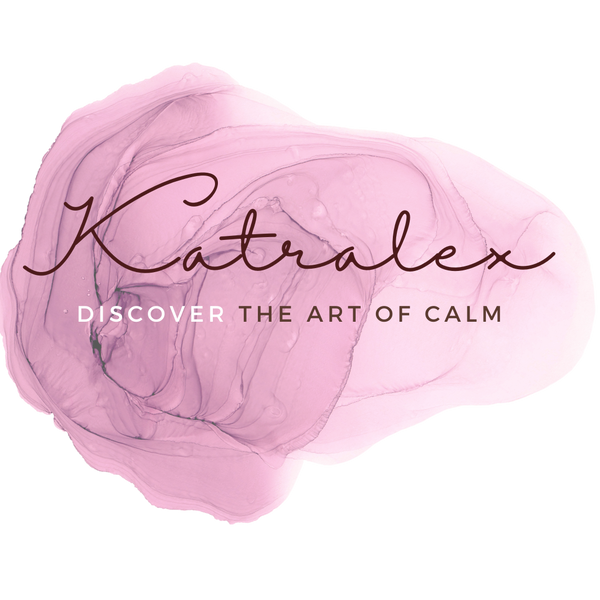
How to Create a Calm Environment at Home
Share
If you work outside your home there’s nothing worse than coming home after a long day and finding chaos and stress. While we can’t really control the other people we live with (although an hour screen time for little ones can do wonders for your sanity), we can control the environment to a certain extent. It is well-known that our surroundings have an impact on our mental health. A calming space at home helps to lower your anxiety levels as well as helping with depression.
I live in a Canadian city on the west coast that is about 50% Chinese. Beyond the great food, cool clothing and amazing restaurants we have here, I really enjoy the people and the other cultural things they offer us. The Chinese believe in something called Feng Shui (pronounced “feng shway”). Feng shui is a traditional Chinese method of organizing living and work areas to enhance well-being, harmony, and balance. The practice focuses on the movement of energy and the impact that the arrangement of objects in your space has on your overall perception and comfort. Historical records suggest that people in China have been applying feng shui principles to design their homes and communities for over 4,000 years. Today, feng shui still plays a significant role in shaping interior design worldwide. So let’s explore some of those principles to see if we can help make your home more balanced and harmonious.
- Design and Colour Choices. Many houses today are painted a stark white so they look “clean” and “crisp.” But with anxiety, is that what you’re going for? When we repainted my entire home five years ago we went with a palette of soft warm sand with accent walls in a blue and a terra cotta colour we liked. The blue we used in the kitchen, office, bathrooms and hallways and the terra cotta was for our dining room (living room all in sand) and bedrooms. There are many colour of “sand” or beige that match whatever accent colours you might like best. Your paint store people (especially at Benjamin Moore) are there to help if it isn’t your thing to put together a palette. At any rate, neutrals and pastels like soft blues and greens are the most calming. So long as your house doesn’t end up looking like a hospital.
- Incorporate Soothing Scents and Textures. We love aromatherapy and believe in all its benefits. There are aromatherapy “rules” so to speak, but we believe that whatever smells nice to you will calm you down. People with emetophobia (fear of vomiting) for example (my therapy specialty) don’t like food-related scents while I go wild for vanilla, cranberry and cinnamon. But they prefer the florals, which makes sense. Lavender is the #1 choice for calm, unless you’re allergic to it. I adore rose, which is why our Peace, Calm and Aromatherapy Box contains lavender bath oil and a rose scented candle and bath salts. They’re selling fast these days, and when they sell out we’re going to make one box in lavender and one in rose so you can choose. There are many other scents that you may choose – whatever makes you feel happy and calm. I can’t sell my sister on anything but gardenia, for example!
- Declutter. Easier said than done, right? We have two grandkids and four adults living here so I feel your clutter pain. The way around the stress of your clutter is to keep one room free of it, or even a small space within a room. My bedroom is the only “minimalist” room in the house! But it’s very calming. I have my headphones for music and my TV when I want to lose myself in the latest Netflix movie.
Share a picture of your calm space on social media! You can find us on X or Insta at @emethelp and our Facebook page is https://www.facebook.com/emetophobiahelp
